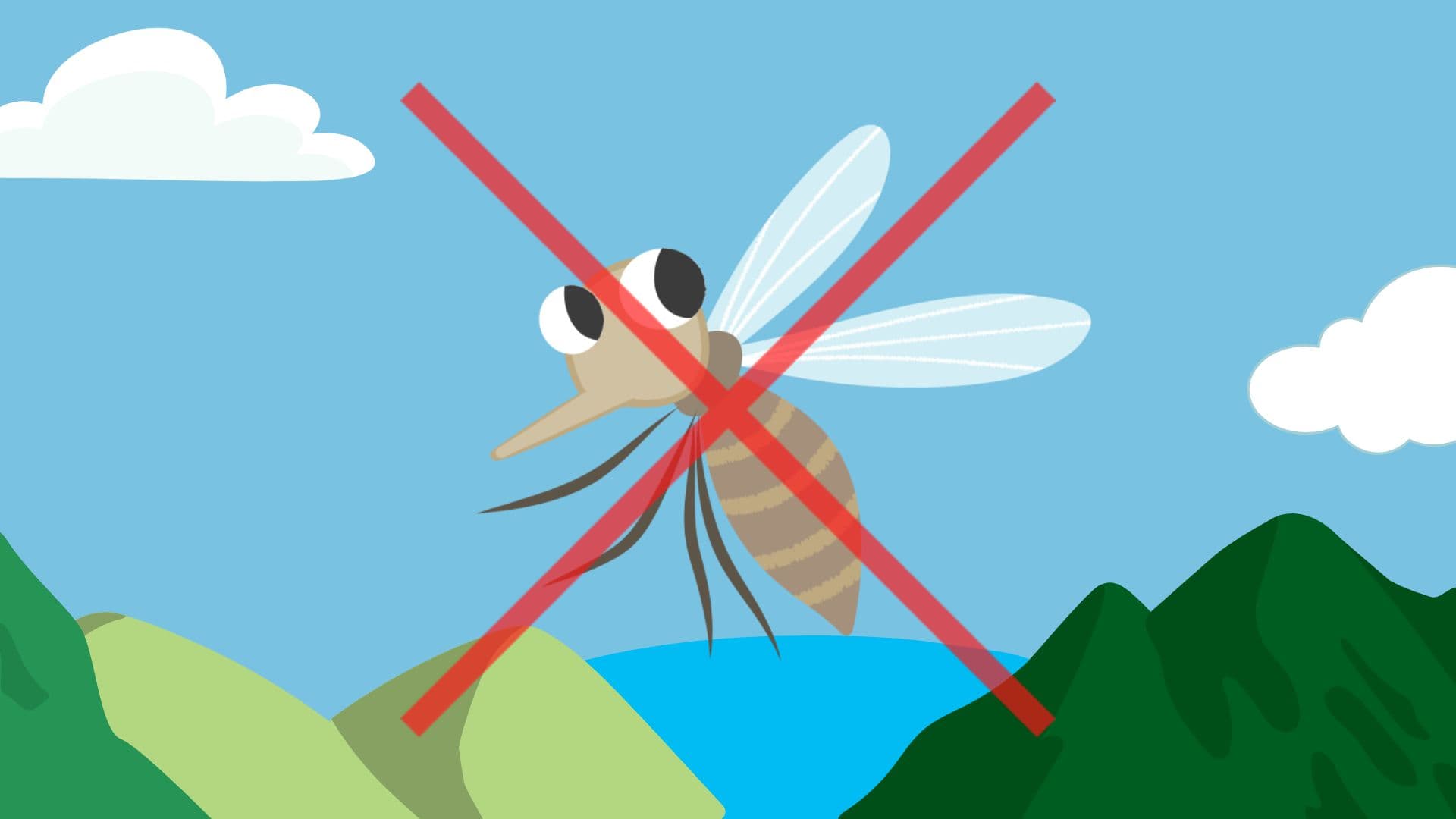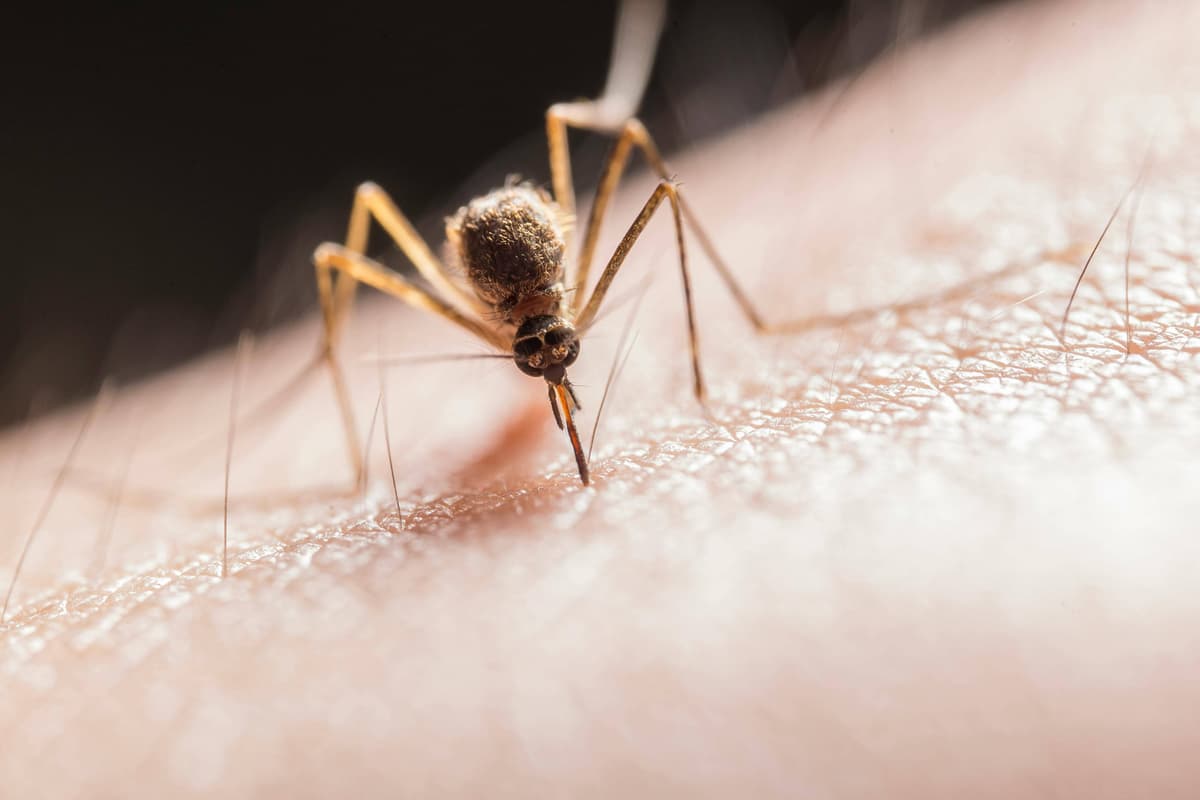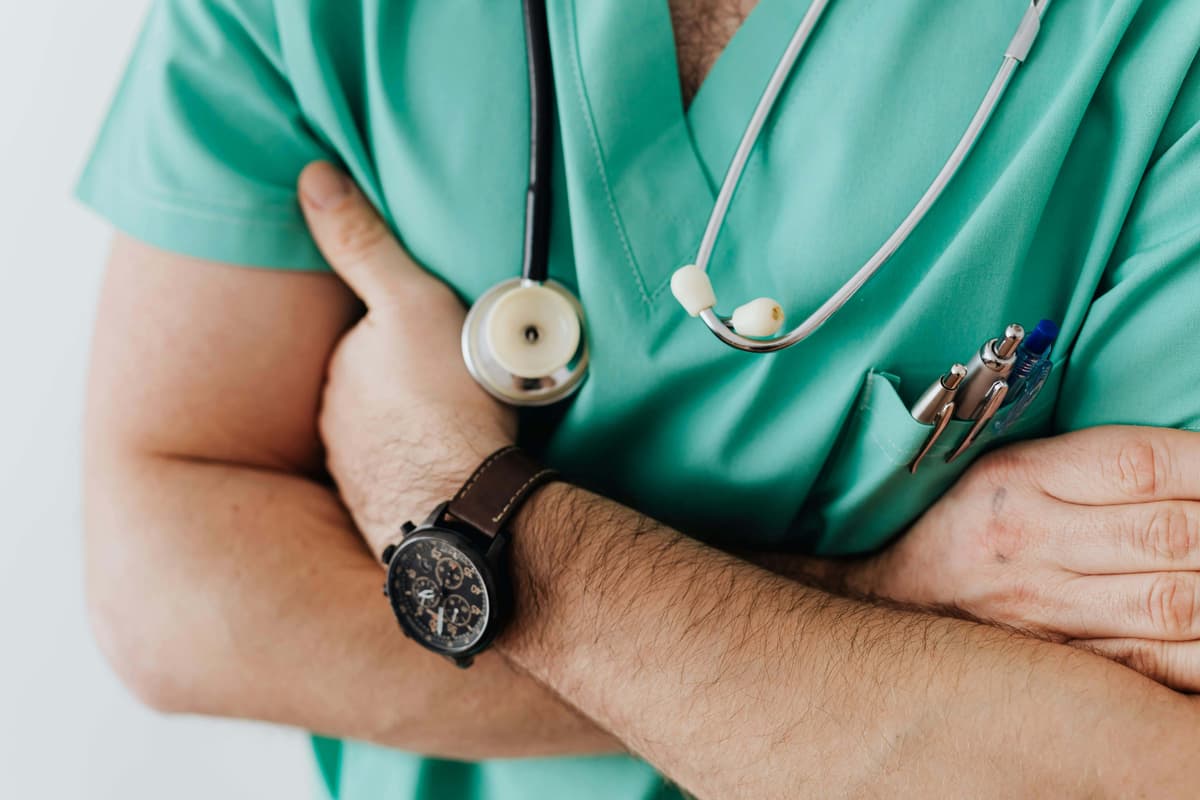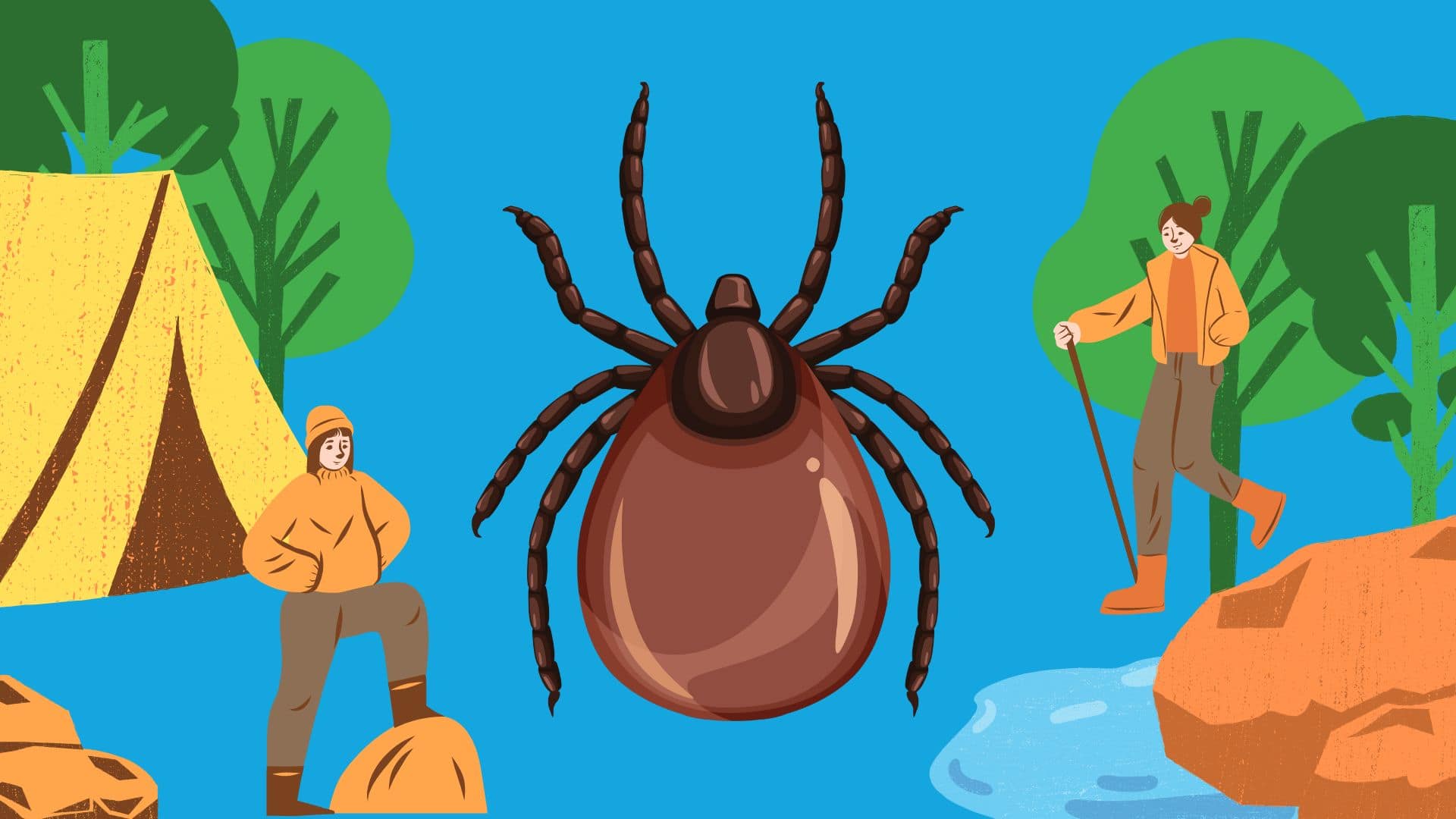
Yellow fever is a serious and potentially deadly disease caused by a virus transmitted primarily by infected mosquitoes. Despite medical advancements, yellow fever remains a threat, especially in Africa and South America. Understanding this disease is vital for people living in or traveling to these areas and for global health efforts to control and eradicate it.
Whether you’re a traveler, a healthcare professional, or someone interested in global health issues, this blog post will provide you with essential information about yellow fever and its impact on public health.

Yellow fever is caused by the yellow fever virus, which is a member of the Flavivirus genus. The virus is primarily transmitted through the bite of infected mosquitoes, particularly the Aedes aegypti and Haemagogus species. These mosquitoes are found in tropical and subtropical regions, making areas in Africa and South America particularly vulnerable to outbreaks.
The primary way of getting infected is through the bite of an infected mosquito. It is spread through three cycles: urban, sylvatic, and intermediate.
In urban settings, the Aedes aegypti mosquito spreads the virus from person to person. This cycle often leads to large outbreaks, especially in densely populated areas.
On the other hand, sylvatic cycles happen in forested areas, where the virus circulates between non-human primates (such as monkeys) and mosquitoes. Humans can become infected when they enter these forested regions and are bitten by infected mosquitoes.
Lastly, the intermediate cycle involves semi-domestic mosquitoes that can transmit the virus from monkeys to humans and from humans to humans.
Yellow fever presents with a wide range of symptoms, which can vary from mild to severe. The acute phase of yellow fever in humans usually begins 3 to 6 days after being bitten by an infected mosquito. There are two distinct phases: the acute phase and the toxic phase. The symptoms in the acute phase are often similar to those of other viral infections and can include:
Most people recover from the acute phase within a few days. However, according to the World Health Organization, about 15% of those infected will progress to the toxic phase, which is more severe and potentially life-threatening.
The toxic phase can occur shortly after the acute phase, typically within 24 hours of initial symptom resolution. Symptoms in this phase are more severe and can include:
Early detection and supportive care are crucial for improving survival rates. If you suspect yellow fever, especially after traveling, seek medical attention immediately.

Diagnosing yellow fever involves a combination of clinical assessment, patient history, and laboratory tests. Early and accurate diagnosis is crucial for effective management and control of the disease.
Initial symptoms of yellow fever can resemble those of other viral infections, making it essential to consider the full range of clinical signs, including fever, chills, headache, muscle aches, and jaundice. Another important thing to gather is a detailed travel history to determine if the patient has visited areas where yellow fever is prevalent.
Blood samples are analyzed to detect the presence of yellow fever virus or specific antibodies. Unfortunately, there is no specific antiviral treatment for yellow fever. Management focuses on alleviating symptoms and providing supportive care to improve the patient’s chances of recovery.
The most effective way to prevent yellow fever is the yellow fever vaccine. It provides long-lasting immunity and is recommended for people living in or traveling to areas where the disease is prevalent. Measures such as using insect repellent, wearing protective clothing, and sleeping under mosquito nets can reduce the risk of mosquito bites that could cause disease.
Early diagnosis and supportive care are crucial for managing yellow fever. Preventive measures, including vaccination and mosquito control, remain the most effective ways to combat this potentially deadly disease. If you suspect you have yellow fever, especially after traveling to a region where the disease is widespread, seek medical attention immediately.

Pilates is focused on enhancing core strength, crucial for overall torso stability and fluid movement. The core, influencing both legs and upper body, is essential for everyday comfort, such as sitting and standing without pain. The aim is to move gracefully through balanced muscle development, addressing potential weaknesses and promoting full joint mobility. The workout …

Rocky Mountain spotted fever (RMSF) is a bacterial infection caused by Rickettsia rickettsii and transmitted through the bite of an infected tick. This infection is characterized by the sudden onset of fever, headache, and rash, which can be life-threatening if not treated promptly. This infection was first identified in 1896 in the Snake River Valley …

COVID-19 has faded from the public conversation, but it is still as prevalent as ever, with wastewater levels in 2024 approaching those seen at the beginning of the pandemic in 2020. Furthermore, as COVID-19 has become less of a hot topic, many of the resources that made COVID-19 vaccines free or cheap have dried up …